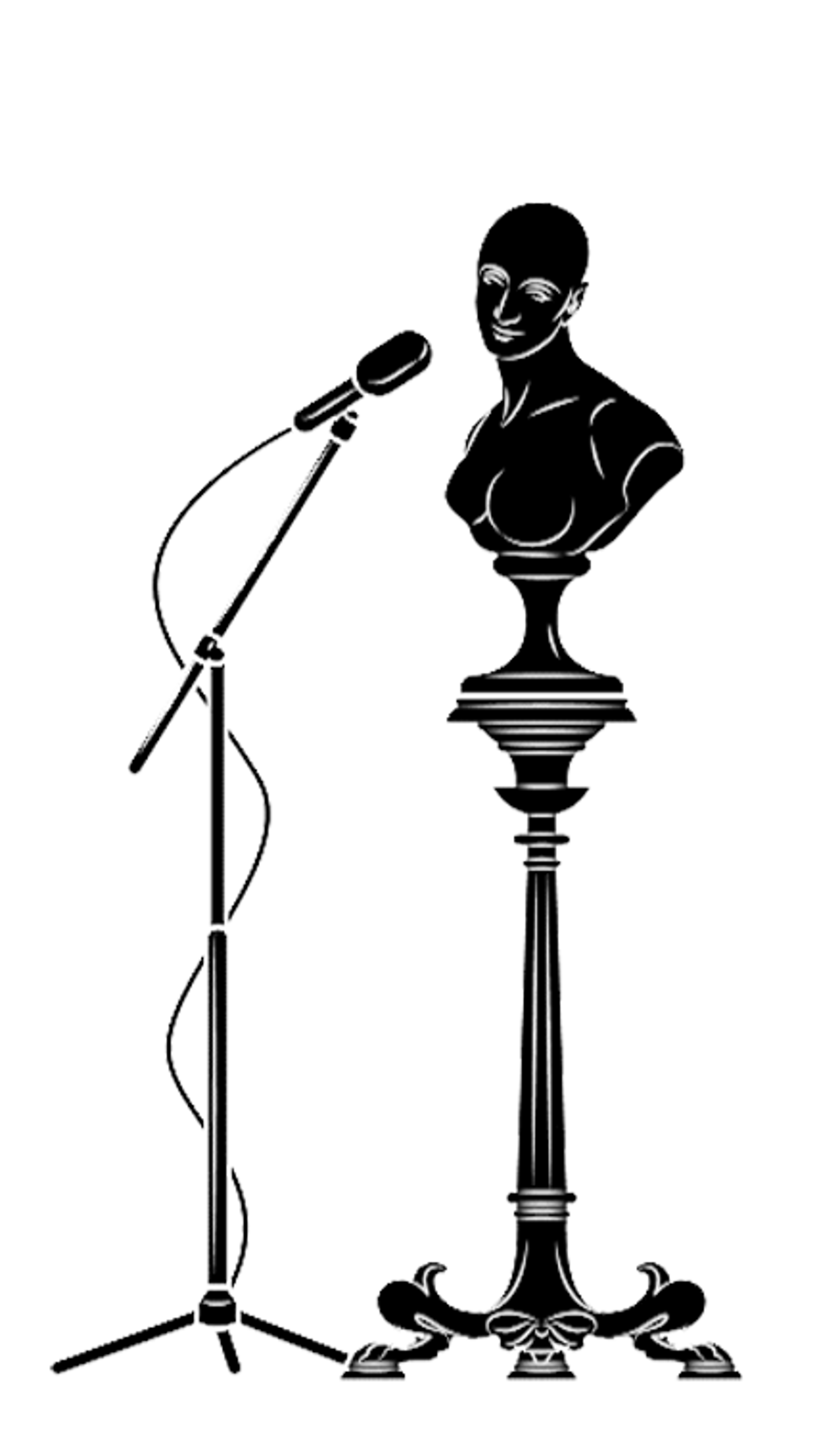
The films of Basma al-Sharif often contain landscapes, cityscapes, and social environments that map out the fractured psychogeography of the Palestinian diaspora. She represents her own experience, as a drifting subject between the Middle East, Europe, and the US, and the resulting understanding of a shattered world that taps into a relatable experience of wanderers. The films offer a visual description of the duality of distance that provides both safety and yearning. If diasporic identities become more complex and layered from various inputs and influences, they simultaneously become more defined by their singularity among otherness. Al-Sharif’s films layer memory through superimposed locations building vignettes of nonlinear time. History is not something of the past, but an object that is carried from place to place by the witness. The importance of the body as it moves through space and time provokes the discontinuous and fractured psychological landscape that pertains to the exile, the expulsed, and the survivor.
In Farther than the Eye Can See the silhouettes of autumn trees in the suburban United States frame the beginning of an account of the forced expulsions of the Palestinian people during the Nakba in 1948. This unlikely beginning shows a human figure cycling through a forest as the camera looks both forwards and backwards as the body accelerates towards an unknown destination and from an unclear origin. This scene opens a film whose narration is spoken by a male US American voice that alters and stumbles over unfamiliar words as cityscapes flash before us like a puzzle that never fits together.
A witness of the Nakba recounts her journey as her family struggled to find a driver to bring them to safety. Adults and children were carried away from a home to which they would never return and flung into an unstable world of disjointed landscapes and languages. The voice over obnoxiously erases the original Arabic, simultaneously making the words accessible as well as covering the original recording in an impossible translation. Spoken in a deadpan neutrality, the narrator eliminates the pain of lived experience. French subtitles add to the desire to be heard and the frustration at its futility.
The film starts at the end and moves backwards in time - away from the sparse winter trees of the suburban North and into the palm-lined ochres of a dusty skyline. An inherited and multi-generational story pans out over the world in glitching cityscapes captured from the back of a moving vehicle. The skyscrapers and blocks of buildings slowly disappear into the receding horizon, expressing a sense of loss and looking back through time at what will never be again. The film remains anchored in the oral histories that provide the backbone of identity, even as it is diluted and collaged with an ever increasing amount of languages and biomes. The camera pans up to the open and groundless sky shared by every continent.
